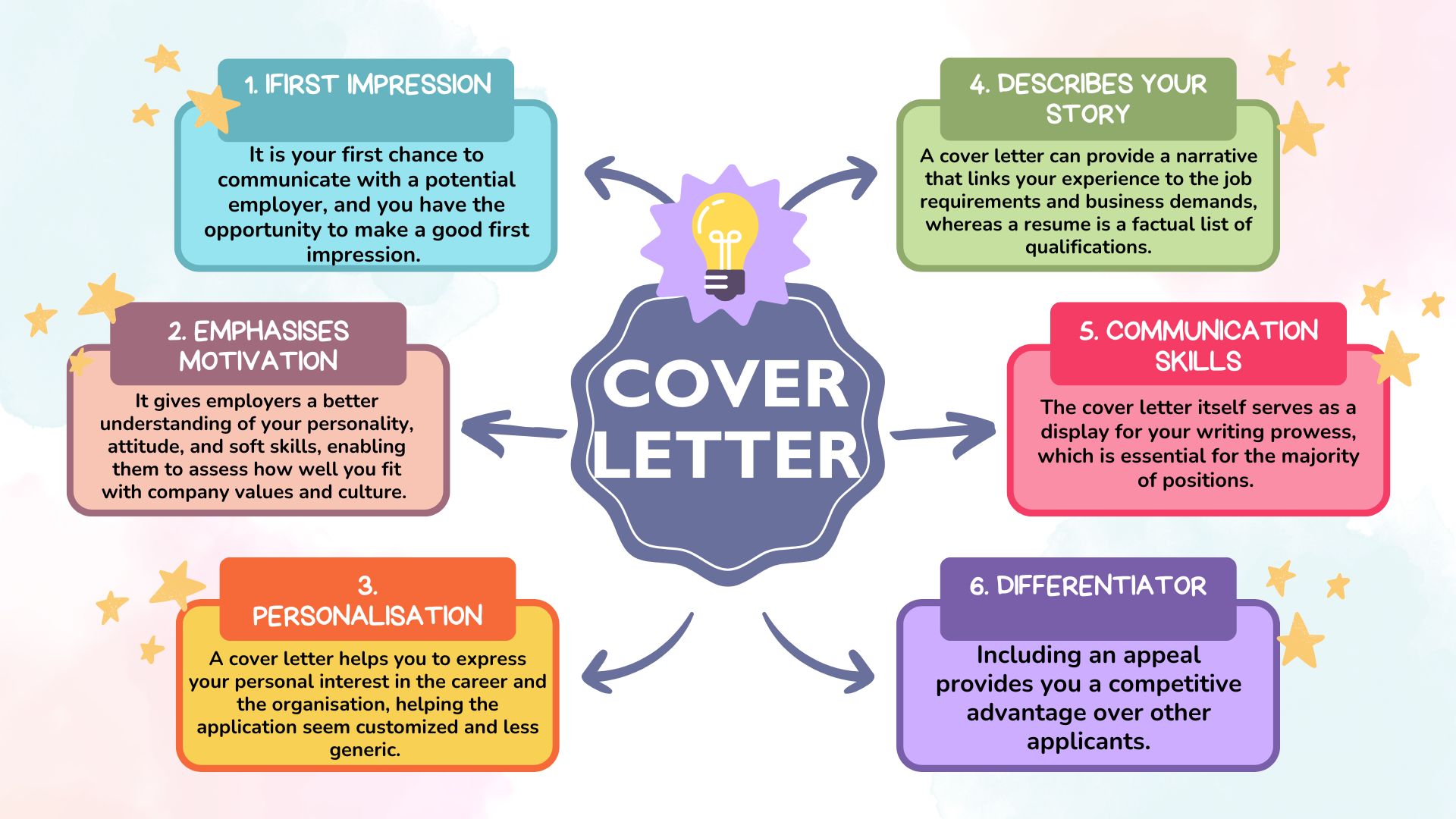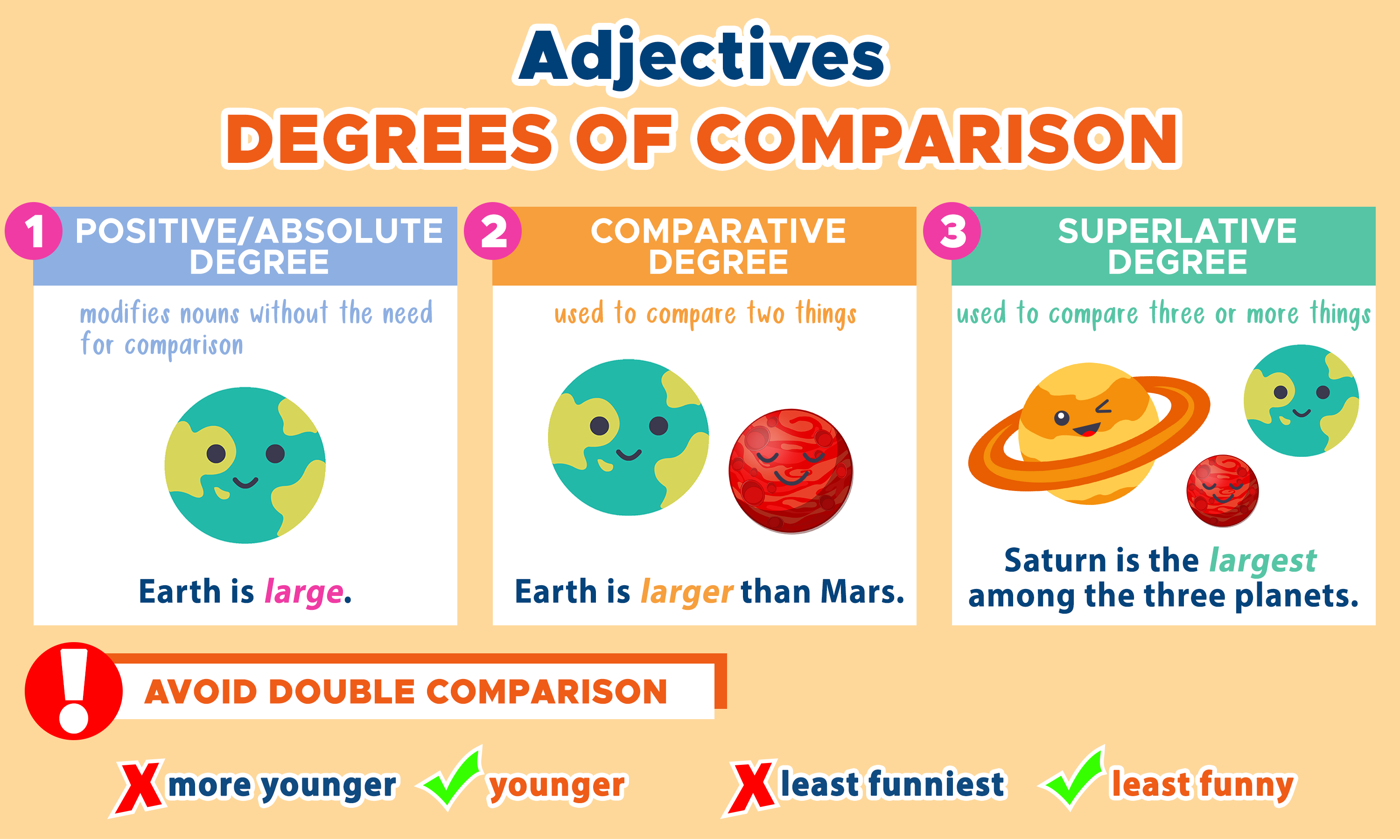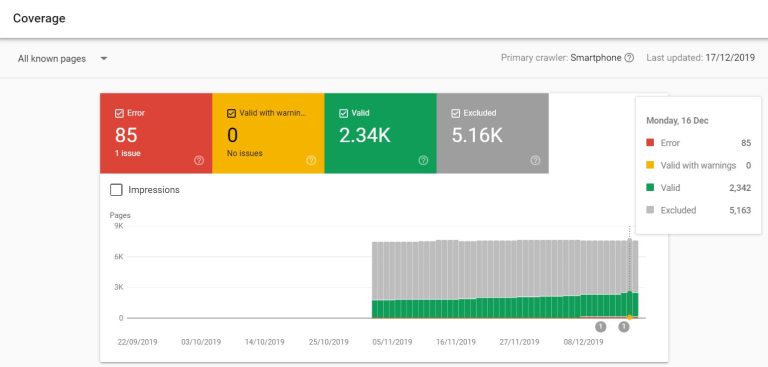
Introduction
In the ever-evolving world of digital marketing and user experience, one thing remains constant: the need to understand what works and what doesn’t. That’s where versioned content testing—specifically A/B testing and Multivariate Testing (MVT)—comes into play. These methods allow marketers and product teams to make data-driven decisions, ensuring that every change they implement is backed by real user behavior.
Whether you’re optimizing a landing page, refining a product description, or tweaking an email campaign, versioned content testing provides the insights needed to improve engagement, conversions, and overall performance. In 2025, with AI and automation becoming more integrated into marketing tools, mastering A/B and MVT isn’t just an advantage—it’s a necessity.
In this article, we’ll explore what versioned content testing is, why it matters in modern SEO and digital marketing, and how to implement it effectively. We’ll also look at real-world examples, best practices, and the future of this powerful technique.
H2: What Is Versioned Content Testing and Why It Matters
Versioned content testing refers to the practice of creating multiple versions of a piece of content—such as a webpage, email, or ad—and testing them against each other to determine which performs better. The two most common forms are A/B testing and Multivariate Testing (MVT).
- A/B Testing: This involves comparing two versions of a single element (e.g., a headline, call-to-action button, or layout) to see which one yields better results.
- Multivariate Testing (MVT): This goes a step further by testing multiple elements simultaneously, allowing for a more nuanced understanding of how different combinations affect user behavior.
Both techniques are rooted in the principle of data-driven decision-making, which is critical in today’s competitive digital landscape. By using real user interactions rather than assumptions, businesses can avoid costly mistakes and optimize their strategies with confidence.
According to a study by HubSpot, companies that use A/B testing see an average increase of 20–30% in conversion rates. With the right approach, versioned content testing can be a game-changer for your digital strategy.
H2: How Versioned Content Testing Impacts SEO Performance
While versioned content testing is often associated with marketing and user experience, its impact on SEO is significant. Here’s how:
-
Improved User Engagement: Better-performing content leads to longer dwell times, lower bounce rates, and higher click-through rates—all of which are signals that search engines like Google use to rank pages.
-
Enhanced Conversion Rates: Whether you’re trying to increase sign-ups, sales, or newsletter subscriptions, optimized content directly affects your bottom line.
-
Better Understanding of Search Intent: By testing different content variations, you can gain deeper insights into what users are looking for, helping you align your content more closely with their needs.
-
Optimized On-Page Elements: A/B testing allows you to experiment with title tags, meta descriptions, headers, and body content to find the most effective combination for both users and search engines.
For example, if you’re testing two versions of a blog post—one with a long-form structure and another with short paragraphs—you might discover that the long-form version ranks higher due to increased time spent on page. This insight can guide your content strategy moving forward.

H2: Step-by-Step Implementation Framework
Implementing versioned content testing requires a structured approach. Follow these steps to get started:
- Define Your Goal
-
Start by identifying what you want to achieve. Common goals include increasing conversion rates, improving engagement, or boosting traffic from organic search.
-
Identify Key Elements to Test
-
Decide which elements of your content you want to test. For A/B testing, focus on one variable at a time. For MVT, test multiple variables simultaneously.
-
Create Variations
-
Use tools like Google Optimize, Optimizely, or Adobe Target to create different versions of your content. Ensure that each variation is clearly defined and distinct.
-
Set Up Tracking and Analytics
-
Integrate your testing platform with analytics tools like Google Analytics or Hotjar to track user behavior and measure performance.
-
Run the Test
-
Launch your test and let it run for a sufficient amount of time to gather statistically significant data. Avoid stopping the test early unless there’s a clear reason to do so.
-
Analyze Results
-
Review the data to determine which variation performed best. Look at metrics such as conversion rate, bounce rate, and time on page.
-
Implement the Winning Variation
-
Once you’ve identified the best-performing version, implement it across your site or campaign.
-
Iterate and Refine
- Continuous testing is key. Use the insights gained from each test to refine your strategy and test new variations.

H2: Real or Hypothetical Case Study
Let’s take a hypothetical example to illustrate the power of versioned content testing.
Scenario: A SaaS company wants to improve the conversion rate of its free trial sign-up page.
Test Setup:
– Version A: A traditional sign-up form with a simple headline and CTA.
– Version B: A revised form with a more engaging headline, additional trust badges, and a clearer value proposition.
Results After 2 Weeks:
– Version A: 12% conversion rate
– Version B: 18% conversion rate
Outcome: The company implemented Version B, resulting in a 50% increase in trial sign-ups and a 20% improvement in SEO rankings due to increased engagement and lower bounce rates.
This case study highlights how even small changes can have a significant impact when tested properly.

H2: Tools and Techniques for Versioned Content Testing
To effectively conduct A/B and MVT tests, you’ll need the right tools. Here are some of the most popular ones:
- Google Optimize
-
A free tool from Google that integrates seamlessly with Google Analytics. Ideal for basic A/B testing and personalization.
-
Optimizely
-
A powerful platform for advanced A/B and MVT testing, with features like heatmaps and user segmentation.
-
Adobe Target
-
Part of the Adobe Experience Cloud, offering robust personalization and testing capabilities.
-
VWO (Visual Website Optimizer)
-
A user-friendly tool with drag-and-drop functionality for easy test creation.
-
Hotjar
- While not a direct A/B testing tool, Hotjar helps you understand user behavior through heatmaps and session recordings, which can inform your testing strategy.
Each of these tools has its strengths, so choose one that aligns with your budget, technical capabilities, and testing goals.

H2: Future Trends and AI Implications
As AI continues to evolve, its role in versioned content testing is becoming increasingly prominent. Here’s what to expect:
-
Automated Testing: AI-powered tools will soon be able to automatically generate and test variations based on historical data, reducing the need for manual experimentation.
-
Predictive Optimization: Machine learning models will predict which content variations are likely to perform best, enabling proactive rather than reactive testing.
-
Personalized Experiences: AI will help tailor content to individual users in real-time, making versioned content testing more dynamic and effective.
With the rise of Search Generative Experience (SGE) and multimodal search, the way users interact with content is changing. Versioned content testing will become even more essential for ensuring that your content is not only relevant but also optimized for these new formats.
H2: Key Takeaways
- Versioned content testing is a powerful method for optimizing digital content and improving user engagement.
- A/B and MVT testing provide actionable insights that lead to better SEO performance, higher conversion rates, and more satisfied users.
- A structured, data-driven approach is essential for successful implementation.
- Tools like Google Optimize, Optimizely, and VWO make testing accessible and efficient.
- The future of content testing lies in AI and automation, offering even greater precision and personalization.
As the digital landscape continues to evolve, mastering versioned content testing will give you a competitive edge. Start experimenting today, and watch your performance soar.
Meta Title: How to Master Versioned Content Testing: A/B and MVT Strategies for Success
Meta Description: Learn how to use A/B and MVT testing to optimize content, boost conversions, and improve SEO performance in 2025.
SEO Tags (5): versioned content testing, A/B testing, MVT, SEO optimization, content strategy
Internal Link Suggestions: Parameter #12: Content Personalization, Parameter #8: Search Intent Alignment, Parameter #15: Conversion Rate Optimization
External Source Suggestions:
– HubSpot: A/B Testing Guide
– Google Optimize Documentation
– Optimizely Best Practices







